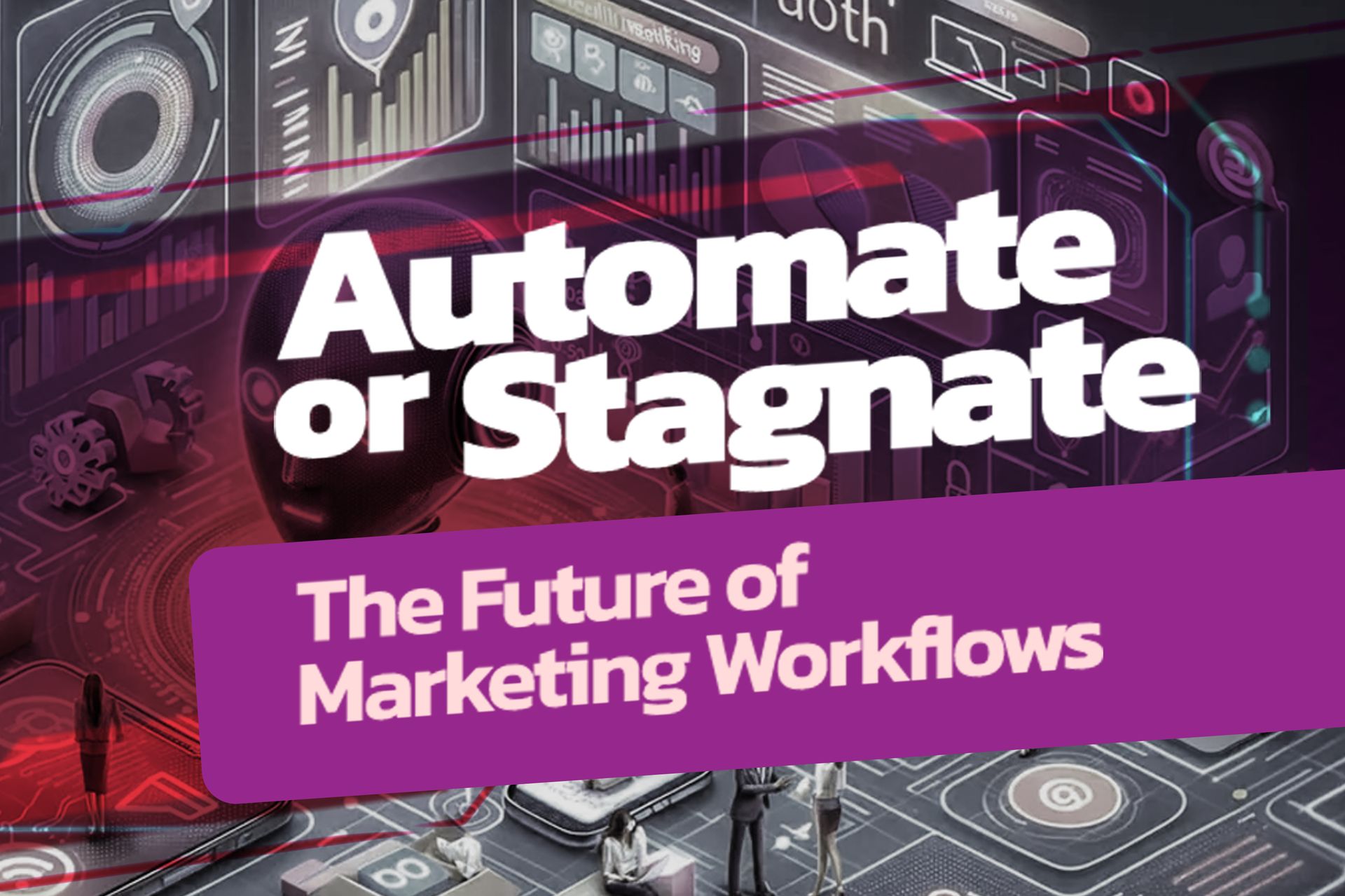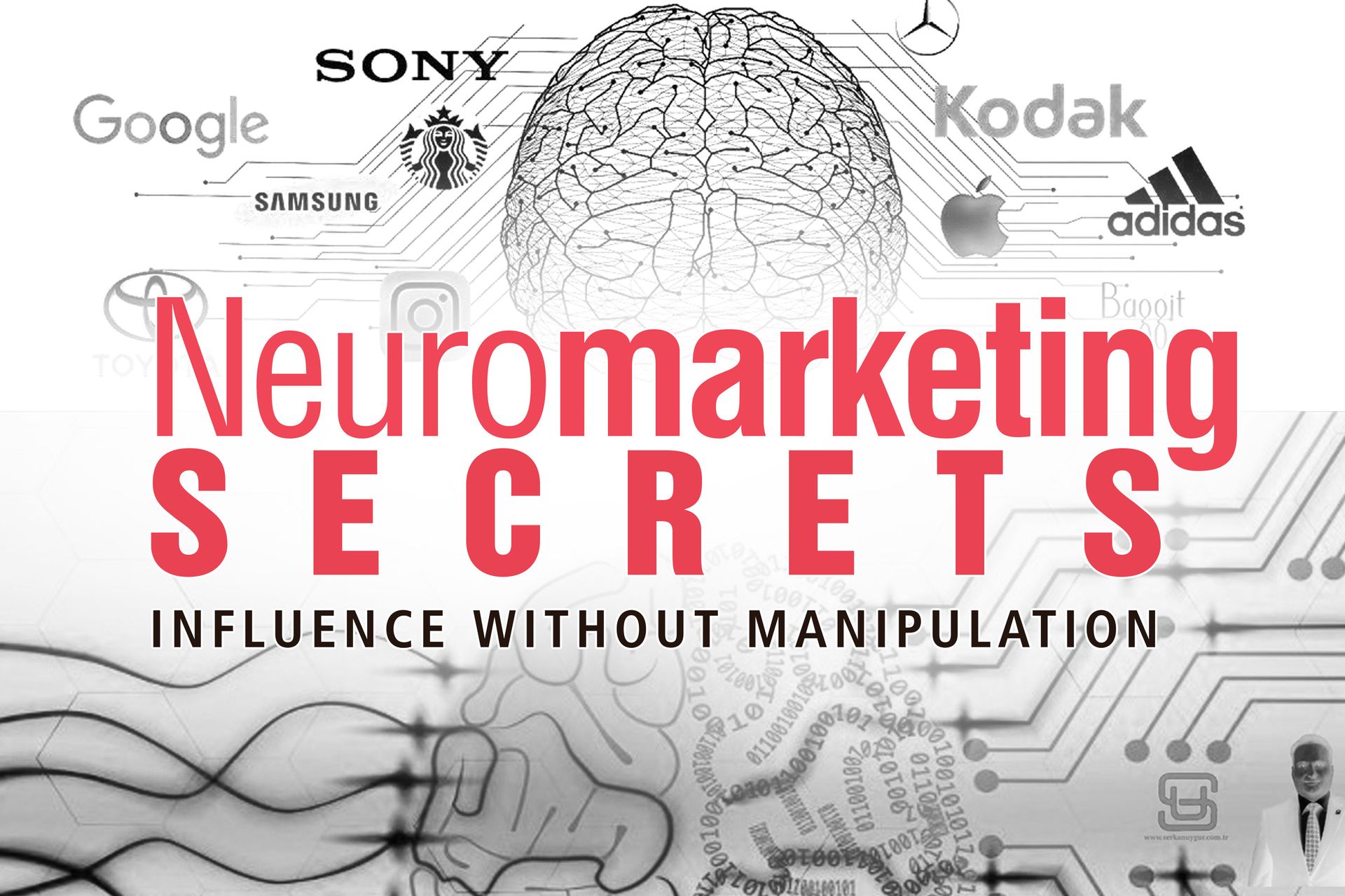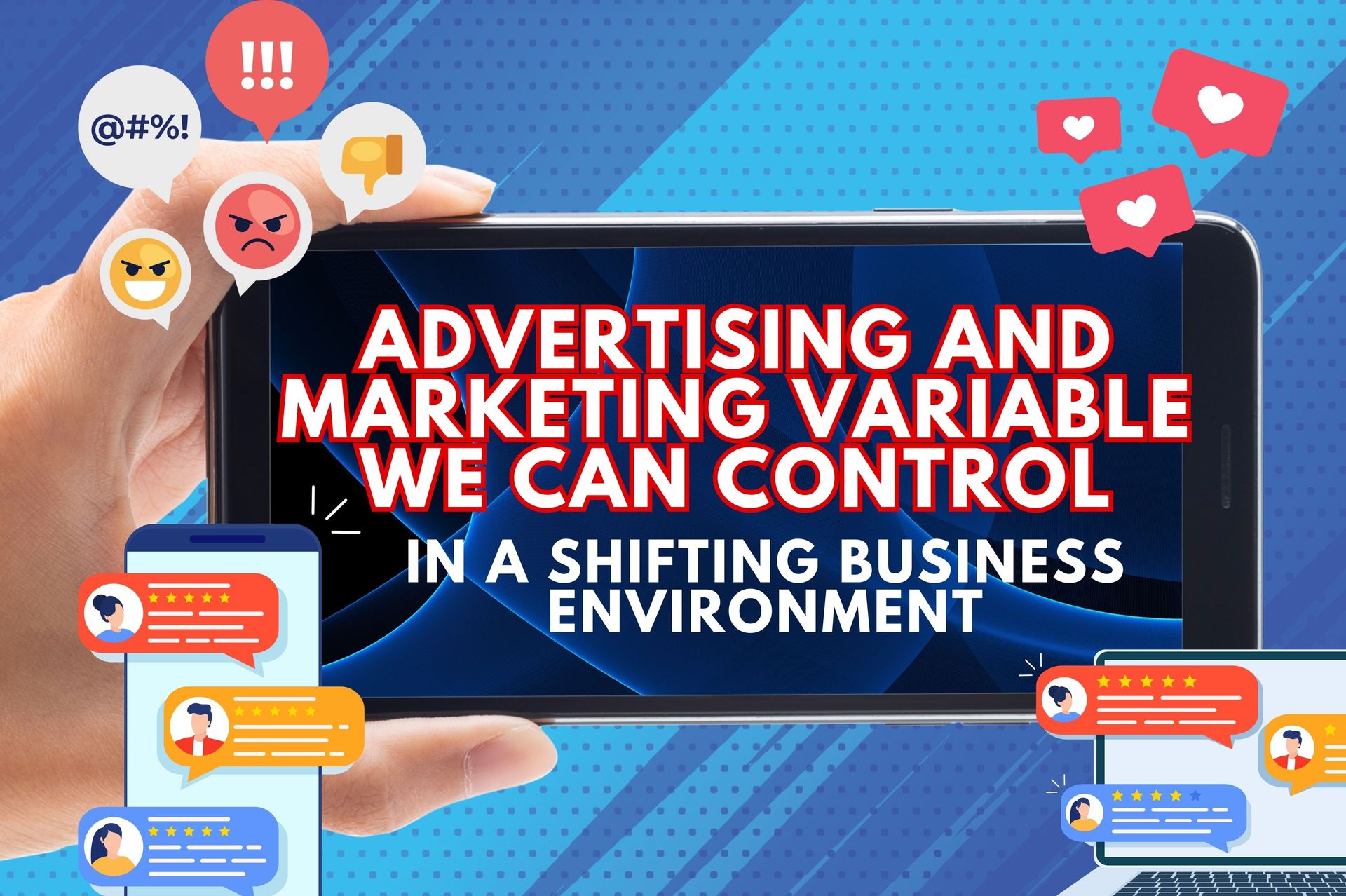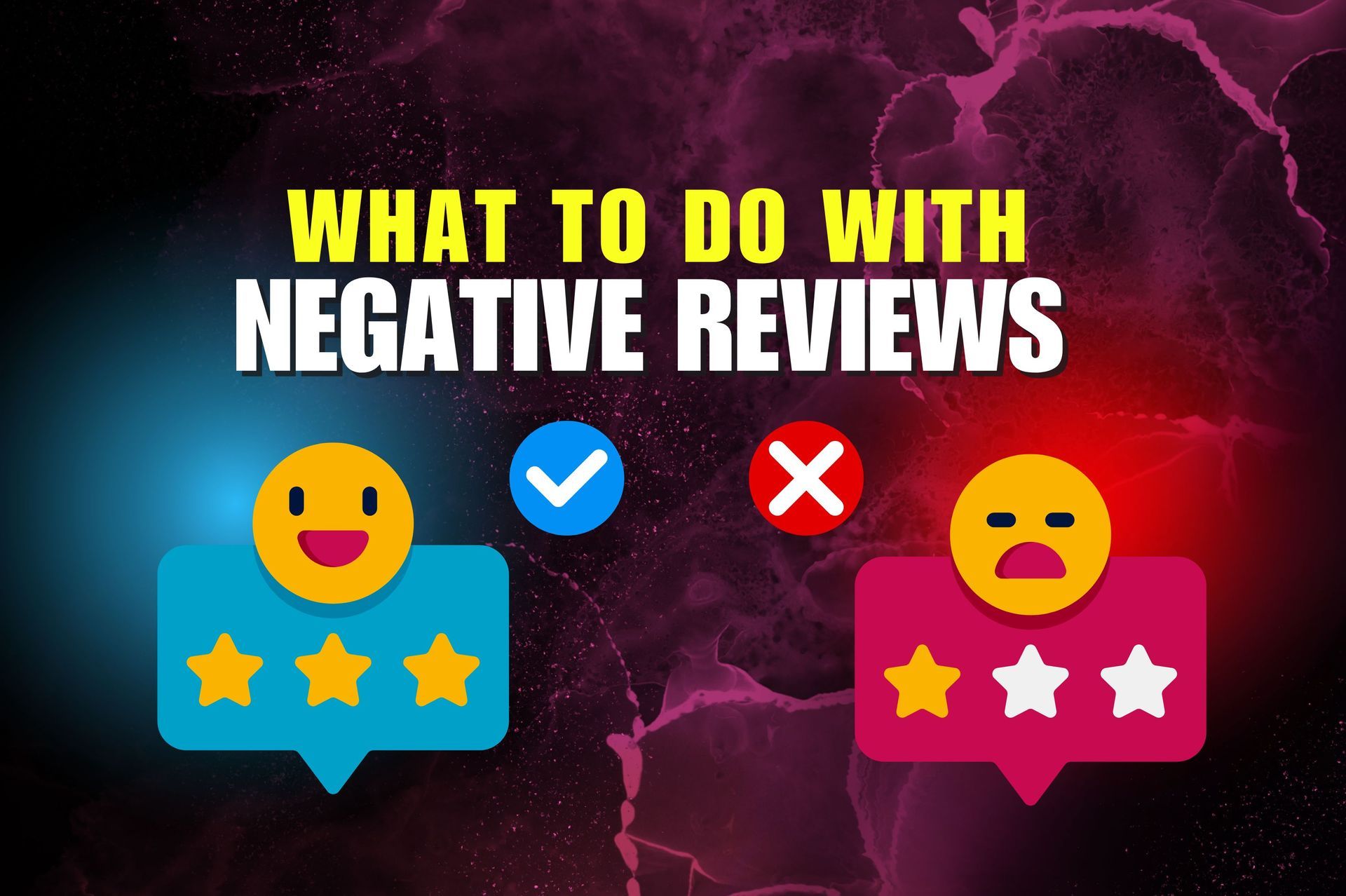Understanding Your Target Buyer Through Avatar Development
Understanding Your Target Buyer Through Avatar Development
Hey guys, in this video we're going to talk about avatars. And I don't mean blue man in a laboratory, but I am talking about your customers and here's why it's so important. So avatar development is so important for our advertising marketing because it's the first step before you can write any effective copy. So in this video, we're going to break down how to go about it and develop an avatar profile that you can write your ads to, your emails, to your web pages, to at all of your copywriting, and it's going to give you incredible clarity on how to attack all of those tasks. So let's dig into it.
Alright, let's talk about what is the avatar? Let's, let's define the customer avatar. So the customer avatar is more than just a demographic profile, and that's the trap with this. Everybody thinks like, oh, targeting demographic. It's not really that the customer avatar is when it's done well is actually everything about the individual that represents your ideal customer. So that could be lots of stuff, really important stuff. Their values, their goals, their wants, desires, their problems along with all the other traditional stuff like their household income, what they drive and these other sort of attributes. But it's deeper. It's really understanding who the person is on an individual basis and where do they want to be. I think that might be even one of the most important parts of it is where are they trying to go in their life? Where are they headed and how are you with your product and service going to get them there?
So it's deeper than demographic profiling, okay? The avatar is everything about the individual to the degree that you could talk about them. Like you talk about one of your best friends. And anything less than that is not true avatar development. That all means that doing that process or embracing that process as a marketer or business owner or whatever is how you move beyond generic marketing and generic offer. So you heighten your ability to target and communicate with them and that shapes all of your copywriting and messaging and everything that you're writing to them. This is especially true in email marketing where we want to be writing to the individual, not to the list. I see so many emails where people are just, they think email marketing is like some free post-it board where they're just going to spray people with a bunch of crap instead of really figuring this part of the discussion out and then sending those folks legitimate relevant stuff in their inbox that's going to get them excited to get engaged with the content, get engaged with the product, get engaged with the service, and so on and so forth.
Okay? So it starts with looking at who your ideal customer is and then starting to pull that apart into the most granular components that you possibly can. So the second step from my notes is figuring out the daily life of your avatar. So what's their day look like? And I mean really down in the detail, do they drink coffee? Do they drink tea? Do they drink energy drink? Do they have breakfast? Do they not have breakfast? They wake up early, do they wake up late? Are they late all the time? Do they go to the gym every morning? Do they exercise? Do they read? Do they shower in the morning, shower at night, shower both times? Do they take their kids to school or do they go to school themselves? Do they ride a bike to work or do they drive a car or do they drive a golf cart?
Do they even go to work? So you got to decode all of that stuff. The daily routine, the daily, the average day, their typical day. And inside of all of that, you start to figure out what problems and what friction they have in their debt. Then you start to uncover how you can position your product or serve it within that experience so that it helps them alleviate the problems in their life. And of course, people will pay to have their problems go away or to get the help that they need. The next part of that ritual analysis is looking at their key moments. What are the key moments that they have in their more like calendar or yearly timelines, like the bigger timelines. Are they having a baby? Do they buy a house, they just graduate from college? Are they almost retired? Are they retired? Are they about to get married? Are they about to get divorced? Are they struggling to stay in shape? Are they struggling with their health? Are they super healthy?
All of that stuff is lifestyle key moments and those overlay on top of daily schedule. And all of that sort of brings the richness to who this person is and what they're experiencing on a daily basis. And once we start understanding that how we talk to them gets so dramatically easier that it's crazy to start marketing before you do this part. Alright, let's keep this thing going and talk about demographics because everybody gets focused on that and it definitely plays a role in this. And I would argue that demographics is the first sort of building block of the discussion that would include age, gender, location, income, maybe even some stuff like racial affiliation, sexual preferences, or sexual identity. So it's the kind of foundational attributes of your ideal buyer. Where it starts getting fun though, is looking at the pain points within that and starting to list those out.
What are the struggles that your avatar is challenged with? And some of those will come out of that daily routine and key moments stuff, analysis, it's called that way. Then you get into values and motivations and belief systems and those are equally important. So you really have to bring that in and figure out what are your customer values? What motivates them? What are their desires? What are their objectives? Again, where do they see themselves when they look down the road, where are they going and how are you going to help them get there? And then I think the last thing, and it is important to look at it, is their buying behavior. What's their purchasing behavior? How do they buy? Where do they buy? Where do they shop? How do they engage with products and services? Do they do a lot of research or do they not need a lot of information to make a decision?
All things to consider when starting to look at developing the demographic attributes or the foundational attributes of your ideal customer avatar. Let's talk about tools you can use to help figure out and decode this avatar thing. Where do you find the information to start with is a big part of this and I think a lot of people stumble on that. So the beauty of today's world is that there is of course a ton of data out there. So we can start with things like social media analytics, which is frankly a gold mine. If you have that type of community set up around your product or service, that could be incredibly helpful to start looking at your best customer profiles and what their lives look like. Basically, I'm telling you, you could control a little bit and learn a lot. I mean, that's the probably nasty way to say it, but it's also true and you can find out a lot of insights that way and figure out what those people generally start to look like and kind of focus that down.
The other one that's an age old tried and true tactic to do this is send out some customer surveys and start asking the questions that you don't know of your own customers to fill in the blanks on what you're trying to learn about these folks. And you can do that formally by sending email or having that be part of your onboarding process or you're post purchasing process. So you could build that in so that you're capturing that all the time and optimizing this entire project. The other thing, and people kind of overlook this is anecdotally, talk to your customers. Ask them questions about their lives. What's happening? Why did they pick you? Is this helping solving their problem? Are they seeing success? Where are they being challenged? Are they having problems that are ongoing? Is there something you can be doing better? That kind of stuff never hurts to talk to the customer.
You can learn an incredible amount. Many business owners do not spend the time to do that. So that's an easy one. It sounds basic, but it's also overlooked in the day-to-day scramble of trying to execute. So it's good to make that a priority if you can with yourself and with your staff. The other stuff, of course that's worth looking at is Google Analytics. Looking at CRM system analytics. Why are people opening in emails? What type of content are they engaging with? What is your website content looking like? Is that giving you any tips and clues to figure out what's relevant and important to your audience? And that will, again, help you to optimize that profile and in effect give you a broader sense of their behavioral patterns. And then you can match that with what the personality profile is, the lifestyle profile is and all the other things that we just talked about.
Okay, so those are good places to start and more the customer survey stuff, definitely easy one asking questions, an easy one, and then digging around and scraping online. A little bit more time consuming, but still worthwhile. And of course you want to have the best version of analytics on your website and across all of your content and be looking at those data points and all of this together when synthesized starts to give you some clarity. Okay, let's pull this whole thing together and get into what's basically almost like a diary entry or a personal profile, but really personal. And when I say that, I mean it's like, as an example, Wendy is 35, she has two kids. She drives a minivan, she tries to go to the gym a couple days a week, but oftentimes doesn't have time. She likes to cook dinner, but sometimes it's too much and she likes to go out, she struggles to clean the house, but she always makes that a priority, yada, yada, yada, right?
So the whole, almost like a story, like a narrative around this avatar, and you've got to do enough of that to really bring the person to life almost like it's a descriptive story. And once you have that sheet and even with a picture, and I can tell you I've done this, it is so helpful, and you'll now know who you're talking to when you write all your copywriting, all your emails, your web pages, your sales letters, your even social media posts, you have one ideal person that you're working to communicate with, attract and replicate as your ideal customer. So let's wrap it up. If you have anything to add, throw it down in the comments. I always love to hear you guys' feedback challenges. If you disagree with me on any of this stuff, go ahead and call me crazy. I'd love to go round and round with you on it, otherwise get to it because as much as this seems like make work project, it's really not.
It is where everything starts with writing successful and I mean successful by being effective, right? Because here to match people with our products and services, create revenue, grow our top line, create abundance for our families, our friends, and our employees, but also help people and solve problems. And in order to do that, you've got to be communicating to them in the way that they can receive it, and that you can filter through the millions of people out there and find the ideal people that you want to work with. So hop to it and I look forward to seeing you on the next video.



















